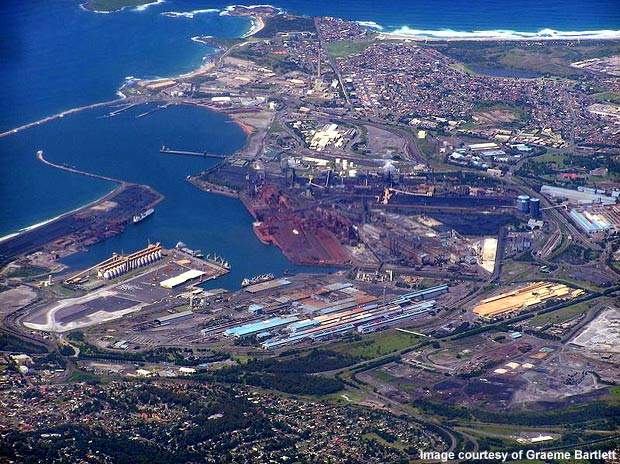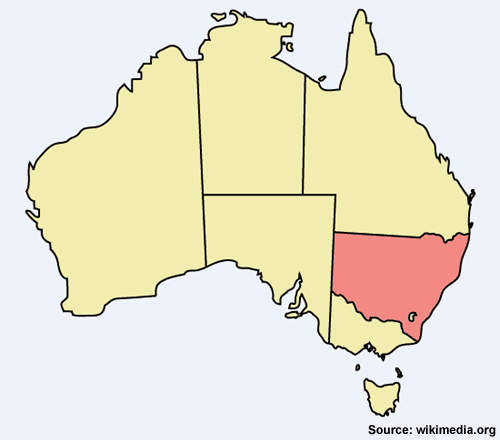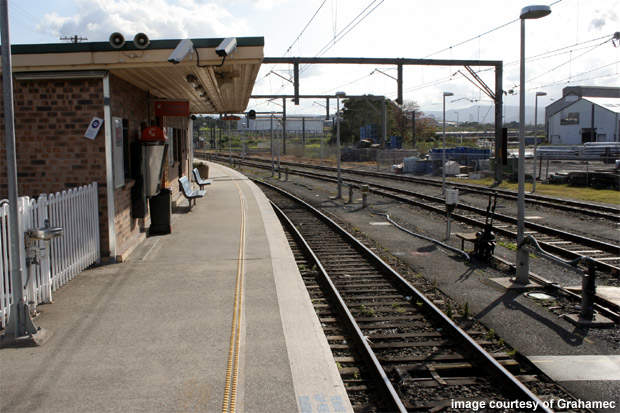Port Kembla is located on the east coast of New South Wales, about 8km south of Wollongong. It mainly handles the imports of raw materials, and exports of coal and steel. It is also a major grain export port in the region. Port Kembla is operated by the Port Kembla Port Corporation (PKPC).
Port Kembla critical functions
Port Kembla is equipped with modern facilities to handle and store several types of cargoes. The port's major activities are loading, unloading and storage of goods. It handles containers, motor vehicles and general and break bulk cargoes, including coal and coke, grain, steel products and iron ore.
The port also offers storage and logistics facilities, repairs engineering services, port pilotage, ship scheduling and navigation services.
Port Kembla throughput
Port Kembla handled 26.3 million tons (mt) of cargo in 2008-09. Of this total, exports and imports account for 17.1mt and 9.2mt respectively. A total of 862 vessels visited the port during the period.
Port facilities
Port Kembla has road and rail networks, which facilitate the transportation of cargo between land and sea. The port facilities are spread over two major areas known as the inner harbour and the outer harbour. The inner harbour comprises a coal terminal, grain terminal, car import and general cargo terminals. The outer harbour comprises common user terminal and bulk liquids facilities.
The grain terminal is located next to berth 104 stores and handles bulk cargoes. The terminal features a berth and 30 gas-tight self-emptying steel bins with a total capacity of 260,000t.
The coal terminal has two berths, road and rail transport facilities, and exports around 10mt to 11mt of coal and coke a year.
The car import and general cargo terminals are served by four berths and an undercover storage of 18,000m².
The common user terminal at outer harbour features four berths and is used for bulk and break bulk cargoes. The bulk liquids facilities located at berth 206 are used for the discharge and loading of fuels.
The recent major expansion, including the construction of three new berths and the development of 53ha of land, has transformed the port into the largest vehicle importing hub in Australia.
Port Kemble operator
The PKPC manages shipping operations at the port. It owns and manages wharves, jetties and port lands in the inner and outer harbours. The PKPC also leases the port’s assets for port-related use.
Port communication and technology
The shipping traffic is controlled by the harbour master from the vessel traffic information centre (VTIC) of the port. The PKPC maintains navigation aids, including leading lights, buoys, Metocean, dynamic under keel clearance and AIS systems.
Port Kembla security
Maritime security identification cards (MSIC) are issued to the individuals who need unescorted access in a maritime security zone consisting of berth 105 – 107, berth 111 and berth 112. Entry to the inner harbour is controlled by security guards located in the gatehouse at the start of Tom Thumb Road and security boom gates at the coal terminal boundary. Gates at the Tom Thumb Road are accessed through swipe cards issued by PKPC, 1-Stop and Serco.
Port Kembla equipment
Port Kembla has three 140t shore mobile harbour cranes, two ship-loading gantries, two shiploaders and a bulk ship loader. Other equipment includes 35t forklifts, front-end loaders, water truck, 17t luffing crane, grabs and hoppers. There is also a 80t registered weighbridge operated by personal smartcard.
Port Kembla future plans
PKPC plans for the development of the outer harbour in line with the strategic master plan, including additional portside and landside facilities. Environmental assessment for the project is yet to be approved.
The outer harbour facilities will be developed in three stages, which include the construction of two new terminals, seven new berths and berthing basins by 2037. Following the approval of the project, the first stage will commence in 2010 for completion in 2018. The stage 2 constructions are planned between 2014 and 2025, while stage 3 will be undertaken between 2026 and 2037.






